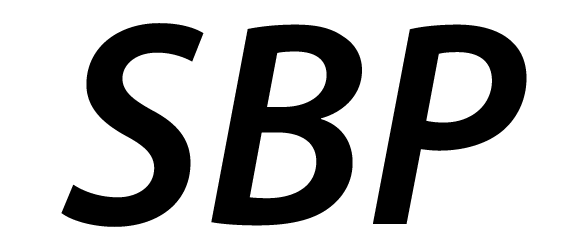Advantages
- Visual C++ can mix managed code (code that executes with the CLR) with unmanaged code (code that does not execute with CLR) in C++
- Its speed of execution can be very fast because it can interact directly with the hardware, without any intervening layers
- Applications developed in VC++ consume minimal resources, have a smaller size than those created using other .NET compliant languages and memory usage very low
- Because it’s an ANSI compliant language, the applications developed with VC++ can be ported to other platforms
- Visual C++ has a feature called Profile-Guided Optimization, PogoSafeMode, which allows the developer to use safe mode or fast mode to optimize an application
Disadvantages
- Creating a Windows Store account and authorizing an application for store deployment is not an integrated experience
- It can be difficult to write and maintain by inexperienced developers
Components
- Project
- Resource Editors – Workspace ResourceView
- C/C++ Compiler
- Source Code Editor
- Resource Compiler
- Linker
- Debugger
- AppWizard
- ClassWizard







